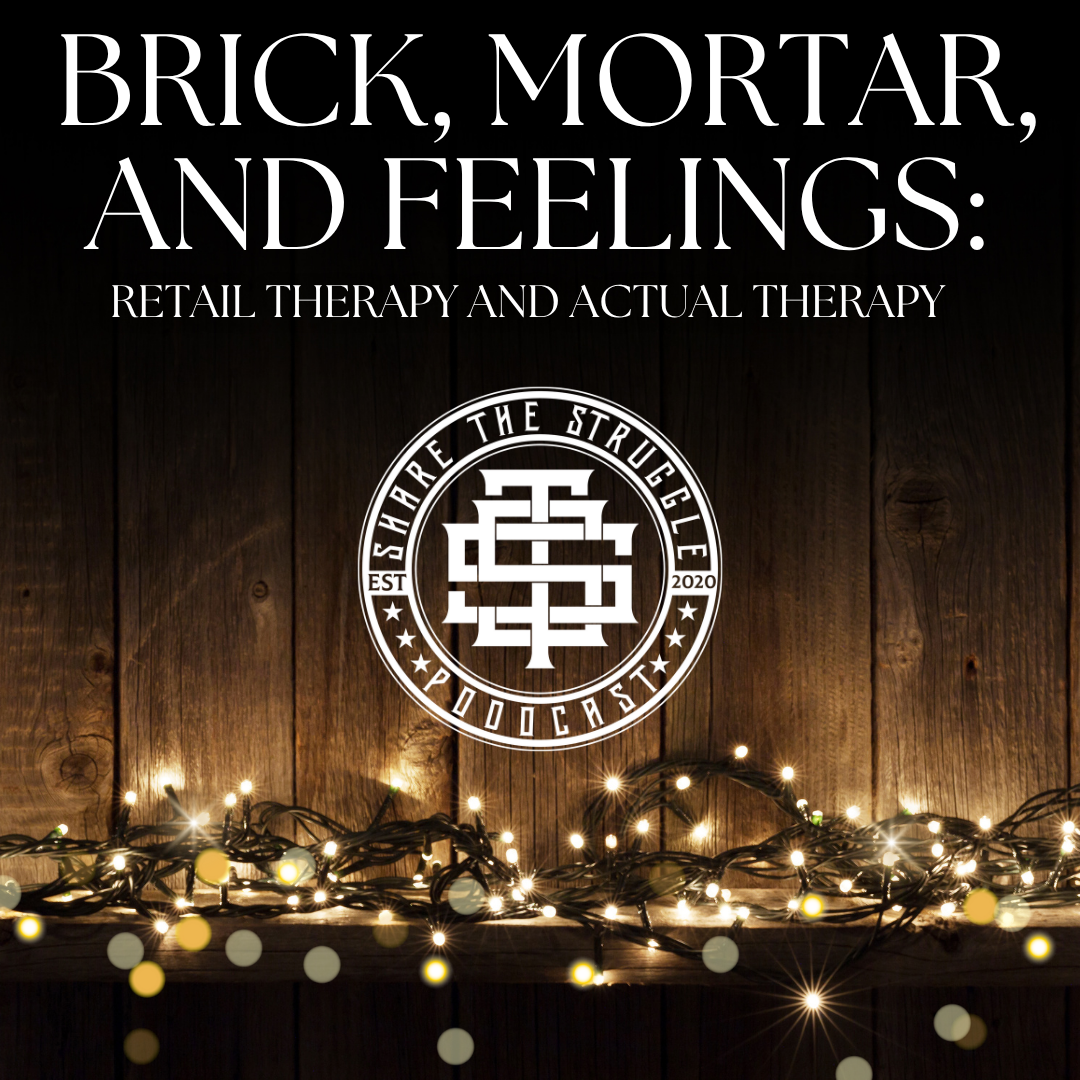Brick, Mortar, And Feelings: Retail Therapy And Actual Therapy

The season’s first cold snap hit and, with it, a rush of energy that felt both new and familiar. We set up inside the Bangor Mall for a two-week pop-up and tasted what a storefront could be without the year-round burden. The space wasn’t perfect at first; we had to advocate for a better location and a layout that worked for customers. Once we reconfigured around a long counter, everything clicked. We could fold, restock, and actually breathe while folks shopped in a space that felt like our own. The best part wasn’t just the sales; it was the hum. That sound of a busy hallway, Christmas music, and real conversations felt like a time capsule from before the world shifted. It reminded us why we built the brand around face-to-face connection and American-made commitment.
The cultural whiplash of retail is real. Since COVID, the social act of shopping faded into two-day shipping and ghosted storefronts. But at the pop-up, we saw relationship retail return. Loyal families stopped by, kids lit up, and neighbors turned into partners. Barnes Woodworking moved in by the glass entrance with patriotic flags and crosses that brightened the space and framed our display. Customers could see our tees from the windows all week. We doubled last year’s sales there, not because of gimmicks, but because people came to feel something: the buzz of community. That momentum made us rethink our roadmap. A full-time store might not fit our model, but seasonal storefronts or strategic pop-ups during key months could amplify our impact, keep us closer to home, and deepen our ties with the people who wear what we make.
Growth isn’t only numbers; it’s confidence. Weekend results matter, but the real lift came from what the space unlocked in us. It validated the years on the road and the belief that pounding pavement builds lasting relationships. It also sharpened our planning. January and February are lean for apparel, so we’re using this surge to restock smart, target the right demographics, and avoid dead-end craft fairs. We learned how a great layout makes browsing easy, how sightlines shape discovery, and how small wins—like a neighboring vendor wearing our sweatshirt—compound into trust. The experience taught us to chase events that bring genuine foot traffic, keep overhead nimble, and prioritize interactions that outlive a weekend.
Then we changed gears. Holiday lights can hide dark corners, and we had to talk about mental health. The news of a young athlete’s suicide hit hard, pairing public success with private pain. It echoed our own late-night worry for someone we love, the fear of unanswered texts and rain-streaked windshields as you drive to the places they might be. We used a simple metaphor—the onion—to rethink check-ins: center first, then layer by layer outward. Even people you see daily can mask storms, and those you see rarely drift beyond certainty. The work is to close the gap. Tell people you love them. Tell them you want them to stay. Make it normal to say, “I’m not okay,” and to be met with steady presence, not judgment.
No single fix exists. Culture rewards toughness and speed; pain asks for slowness and truth. The best we can do is hold open doors—literal ones at a mall and emotional ones in our lives. Ask better questions than “You good?” Try, “How’s your heart today?” and be ready to pause long enough for a real answer. Offer concrete help: a call at midnight, a couch for the weekend, a ride to talk to someone trained to listen. Remind them that the worst feelings do not last and that staying creates room for hope to return. As we pack for another weekend, we carry two missions: keep American-made alive through relationship retail and keep each other alive by saying what matters while we can.







